Assess your system with ECAM – the tool to drive GHG emission reduction in the water sector


The Energy Performance and Carbon Emissions Assessment and Monitoring (ECAM) Tool, offers a free web-based solution to quantify the GHG emissions that utilities can control within the urban water cycle and drive GHG emission reduction in utilities.
The ECAM tool is the first of its kind. It follows an holistic approach to the urban water cycle that informs on which improvements can have the biggest impact across the entire drinking water and wastewater system.

The ECAM tool provides a graphic breakdown of sources of emissions and their distribution within the urban water cycle. The UNFCCC category to which the emissions are attributed is also displayed.
The ECAM tool helps understand where and how much energy is consumed within the urban water cycle. Energy consumption by system (water supply and wastewater) and by stage, as well as the contribution of energy costs to total operational costs are easy to grasp through graphic pies.
ECAM allows you to see the greatest opportunities for reducing GHG emissions from various measures within the whole urban water cycle.
Drinking water and wastewater companies spend up to 35 percent of their total operational costs on energy. These operating costs can be as high as one-third of a municipality’s energy bill. In developing countries, this percentage can be as high as 75%. Investing in increased energy efficiency of existing urban water services can reduce electricity related emissions by up to 30 percent with relatively simple measures. ECAM shows you the way to identify effective energy efficiency measures.
ECAM also provides the opportunity to develop scenarios and model reduction impacts of future measures as well as monitor the GHG reduction results after their implementation.
ECAM provides a transparent, holistic and consistent approach for monitoring, reporting and verifying mitigation (MRV) in the water sector, a prerequisite for accessing climate financing. Methods to measure, report and verify information differ on the level of assessment and the objective. Sometimes a variety of methods is available; for building national inventories only IPCC Guidelines are accepted internationally. ECAM can provide the methodology for MRV of GHG emissions in the water sector, since it is mainly based on IPCC Guidelines. ECAM supports developing a national GHG inventory and can also support a facility level GHG inventory.
ECAM helps utilities share the same indicators and language regarding energy performance and carbon emissions. This shared language is the basis for peer to peer exchange between utilities from different countries. The indicators may be selected by regulators or other government agencies to support and standardize reporting at national or regional level.
ECAM helps utilities contribute to national carbon reduction targets agreed under the Nationally Determined Contributions in the Paris international climate agreement.
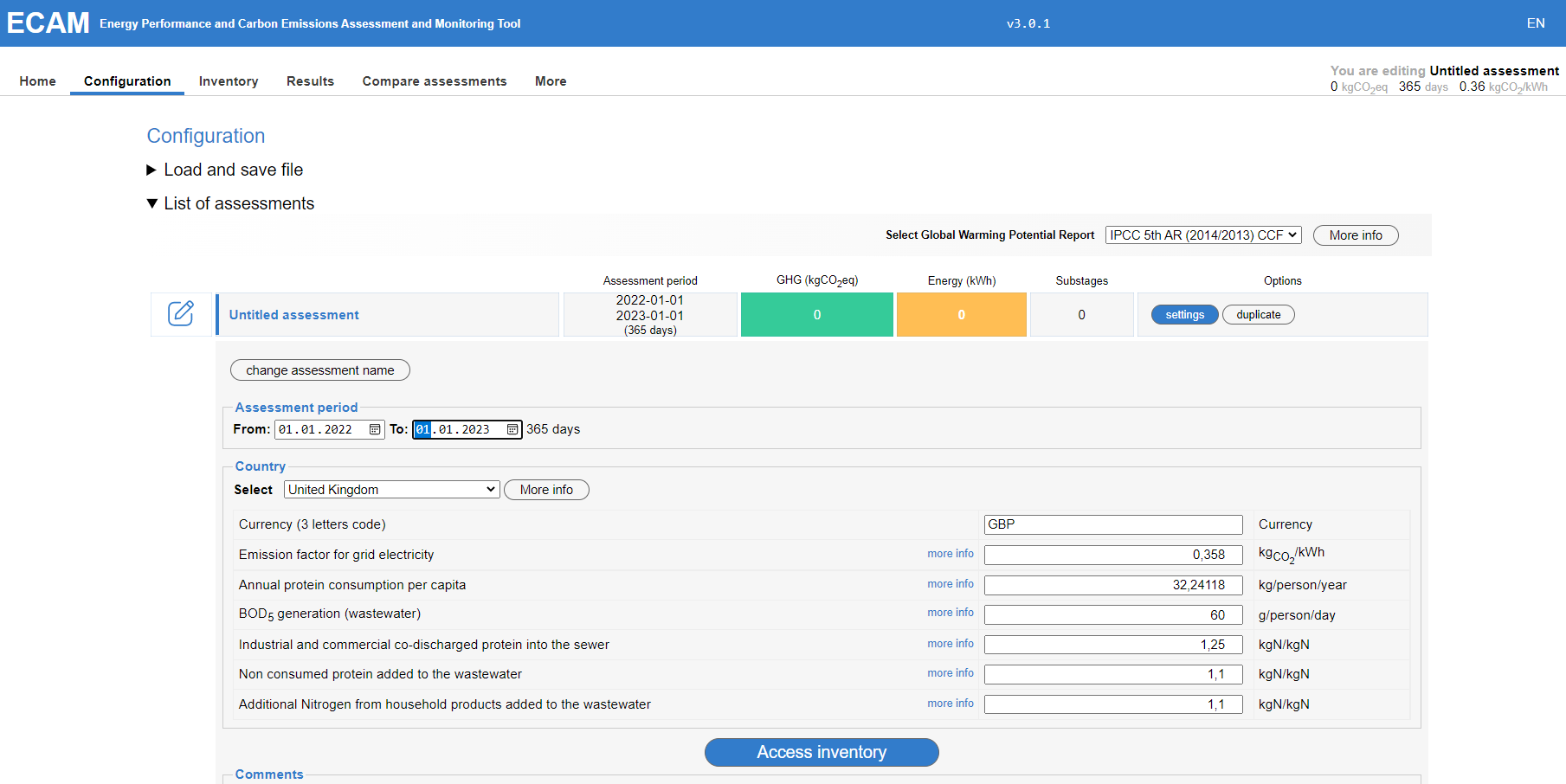
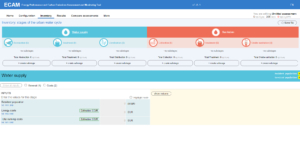
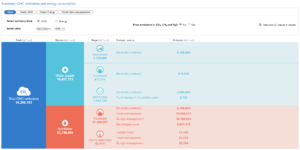
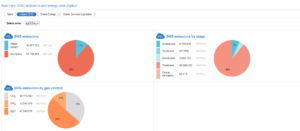
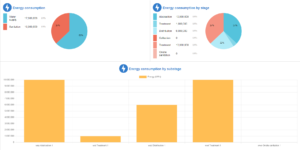
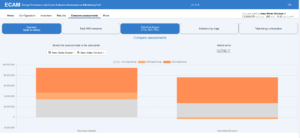
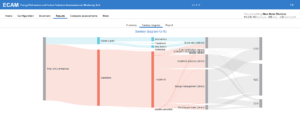



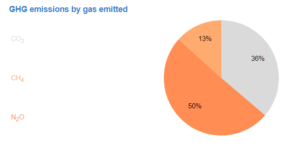
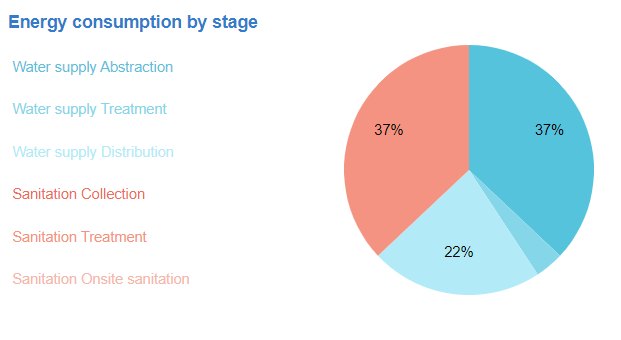
ECAM looks at energy use and GHG emissions at the individual stage level of the urban water cycle (i.e. abstraction, drinking water treatment, distribution, collection, wastewater treatment, onsite sanitation), providing utilities with a more thorough assessment of their GHG emissions and energy usage. It helps utilities identify areas of improvement and evaluate solutions and scenarios for developing a feasible carbon reduction strategy in line with their current and future needs.
Assess your utility’s energy performance and
GHG emissions
Assess your utility’s energy performance and GHG emissions
Assess my system